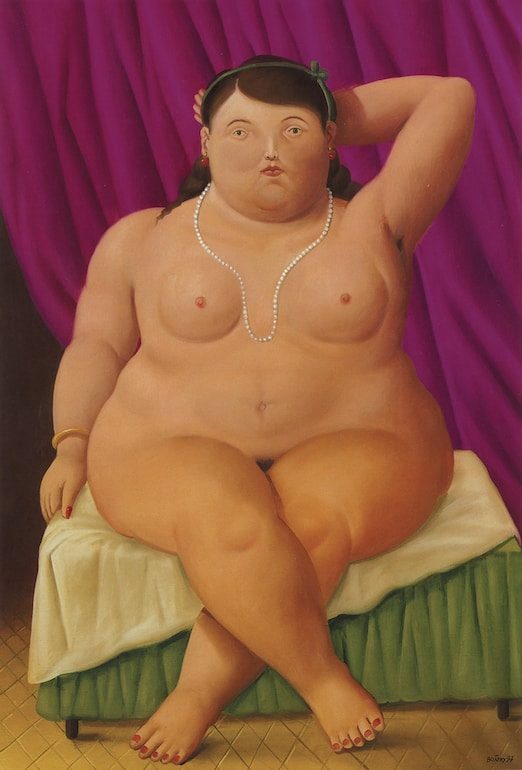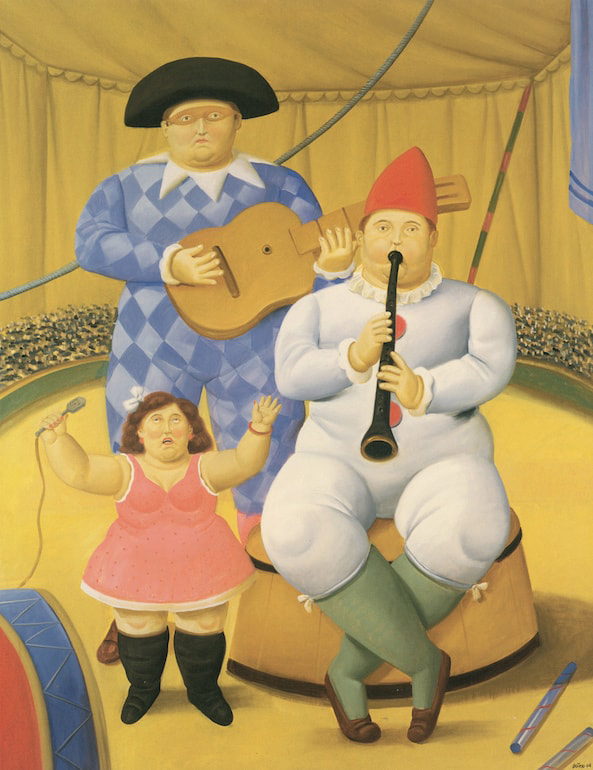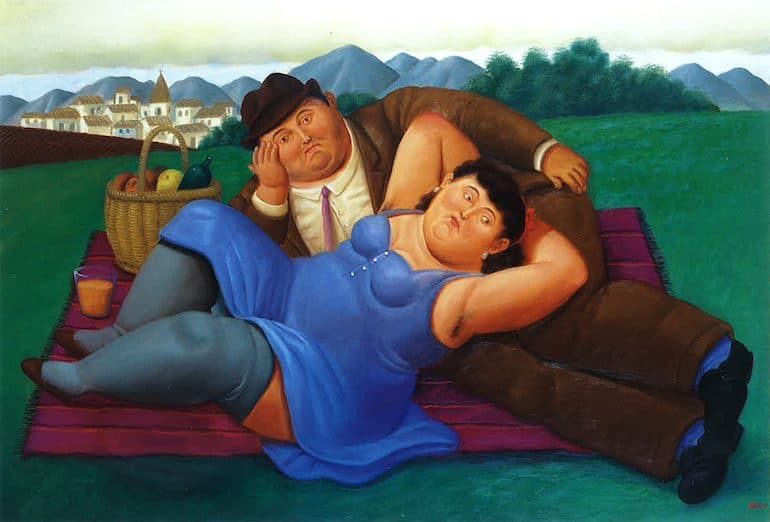Botero: From Old Masters, to Religion, to the Circus
Until August 27th, Complesso del Vittoriano is housing the world famous Colombian artist Fernando Botero’s first major Italian retrospective. In honor of the artist’s 85th birthday, the show highlights fifty of masterpieces that trace his masterful career, from 1958 to 2016. Botero’s fantastic and voluptuous style is represented in the exhibition in eight sections: sculptures, representations of old masters, still lifes, religion, politics, life in Latin America, nudes, and the circus. Each category features Botero’s excellence in different forms.
The artist’s stylistic representation of figures (especially female nudes) as large and exaggerated in volume, has become the quintessential element in his work. His pieces also rely heavily on colour. He approaches his figures with an open-minded intention, and paints characters from all walks of life. With his unique ability to harmonise traditional and the contemporary elements, Botero creates his own individual style.

Like most artists, he is also in awe of the old masters of art history, especially Piero della Francesca, Giotto, and from his own culture, Velasquez, Goya and Mantegna. What Botero does with the images he studies is not imitation, but rather a re-interpretation. By mixing in his own ironic, sarcastic, witty ways Botero gives these classical masterpieces a new meaning. At the exhibition, this new approach can be seen from pieces like Rubens and his Wife or La Fornarina, After Raphael.
Still life works of Botero are also essential to understanding the artist’s depth in creativity. Botero says of his still lives, “When I paint an apple or an orange, I know that people will be able to recognize that it is mine and it was me who painted it, because what I try to do is give each element I paint, down to the simplest ones, a personality that comes from a deep conviction.” The most eye catching still life at the exhibition is Still Life in Front of Balcony.

The fourth section of the exhibition features Botero’s relationship with religion. Instead of showing the divine, Botero focuses on its everyday workers. He carefully dissects images of cardinals sleeping, or priests in various emotional states.
This fifth section, dedicated to politics, shows his neutral approach towards power. He depicts authority figures he remembers in Medellin with a sense of humor and irony.

The sixth section focuses on Botero’s roots in Latin America. These pieces resonate a sense of nostalgia, longing and appreciation. Botero explains his connection to his country by saying, “I have lived fifteen years in New York and many years in Europe, but this has not changed anything in my disposition, in my nature or in my Latin American spirit. There is complete communion with my country.”
The seventh section of the exhibition is compiled of Botero’s most famous depictions: his nudes. His female nudes are done in such a way that reflect the extraordinary volumes of feminine grace. By magnifying his volumes and depths while creating these figures, like The Bath and Adam and Eve Botero reinstates his ability to show beauty and delicacy through colour and pure form.

The last section of the exhibition is dedicated to his circus paintings. The images here exalt shape, movement, and dynamism. From his kaleidoscope of colours, he brings the circus to life alive on the canvas.
TILL 27 AUGUST 2017
Address:
Complesso del Vittoriano, Via San Pietro in Carcere
Hours:
Open Mon–Thurs 9.30am–7.30 pm; Fri –Sat, 9.30 am–10 pm; Sun 9.30am – 8.30pm
Tickets:
Entry fee €12, reduced €10 (audio guide included)
For more information:
ilvittoriano.com





